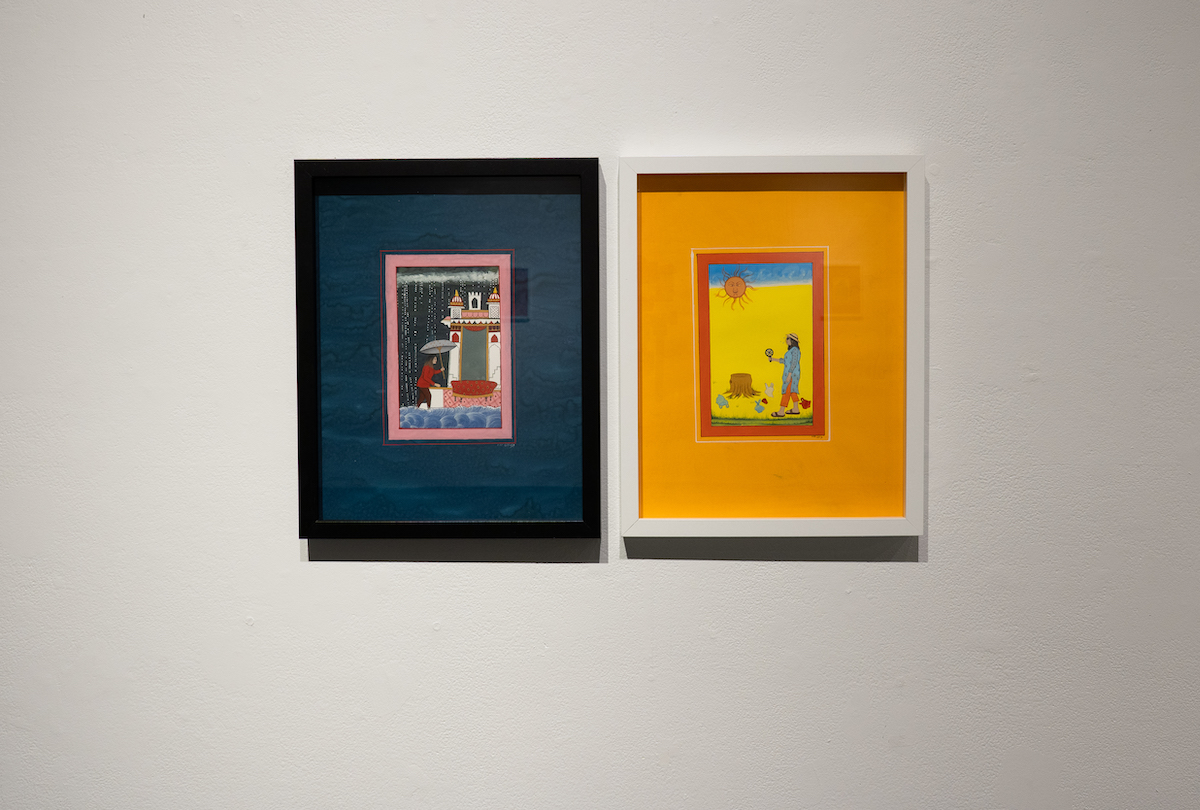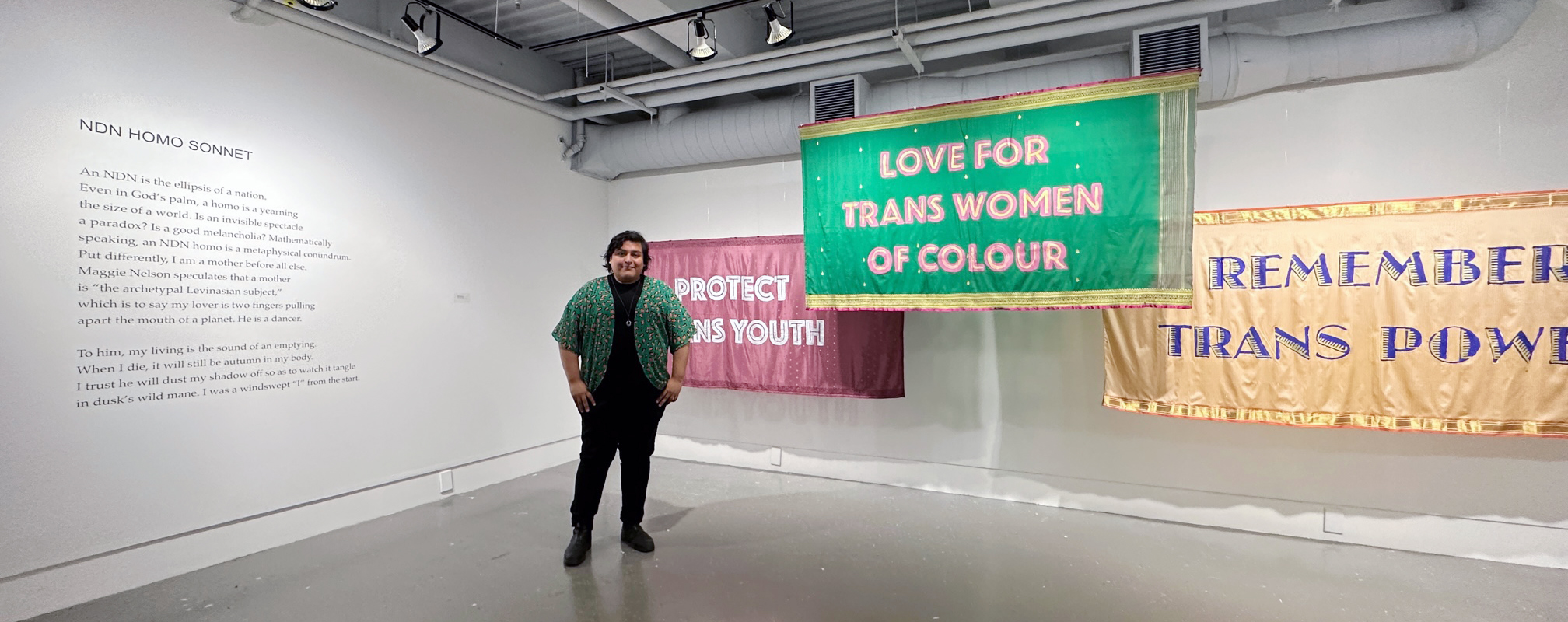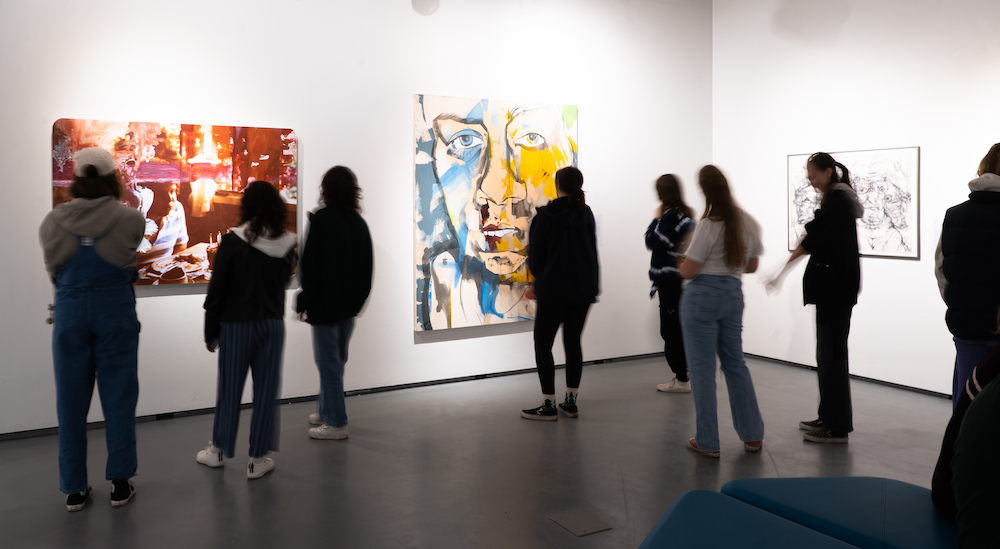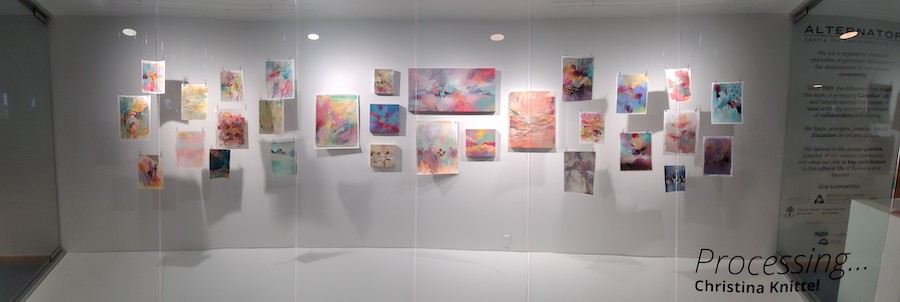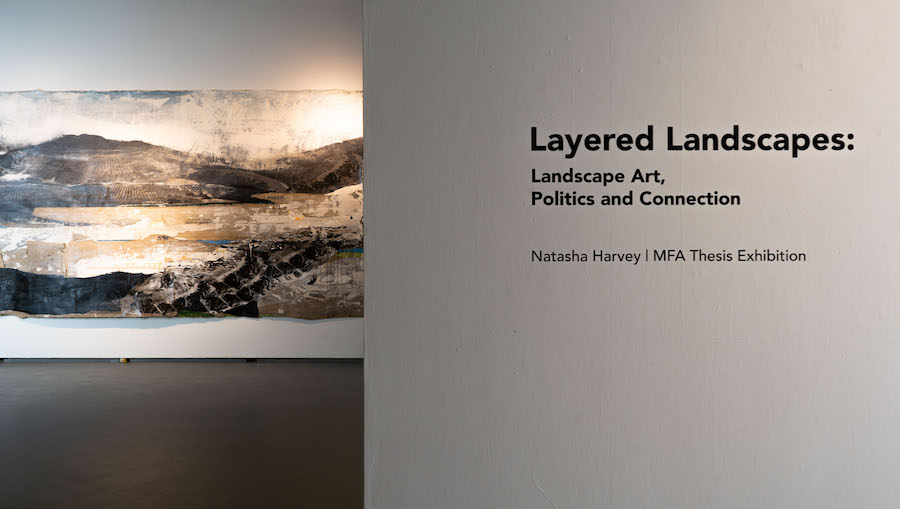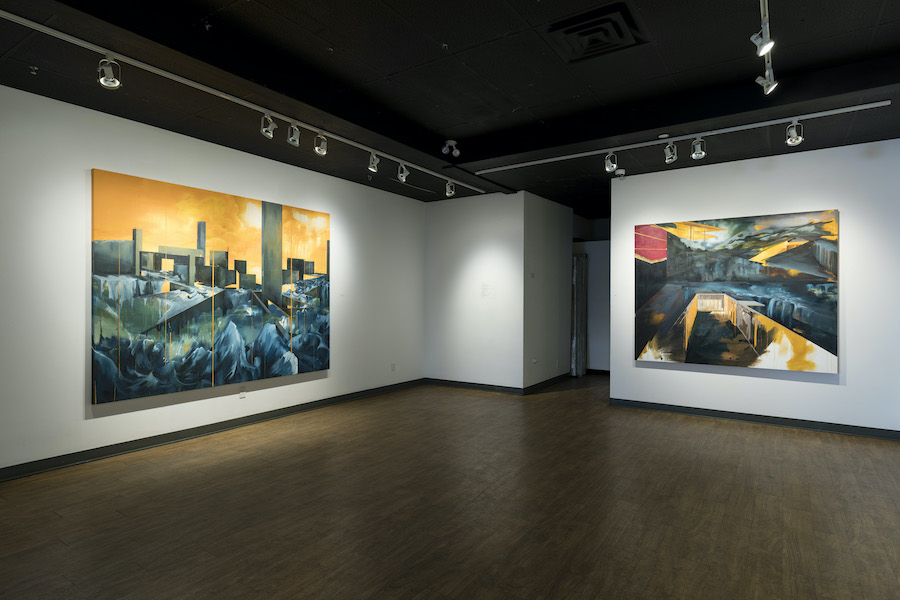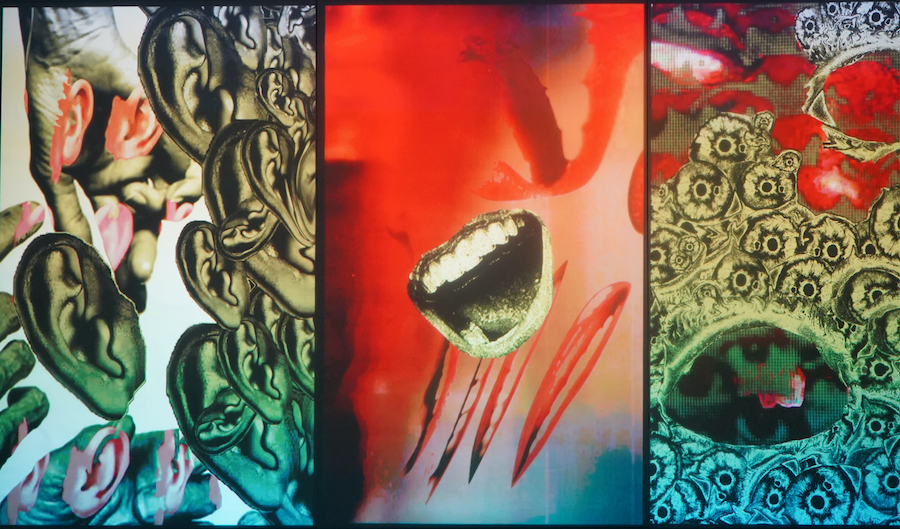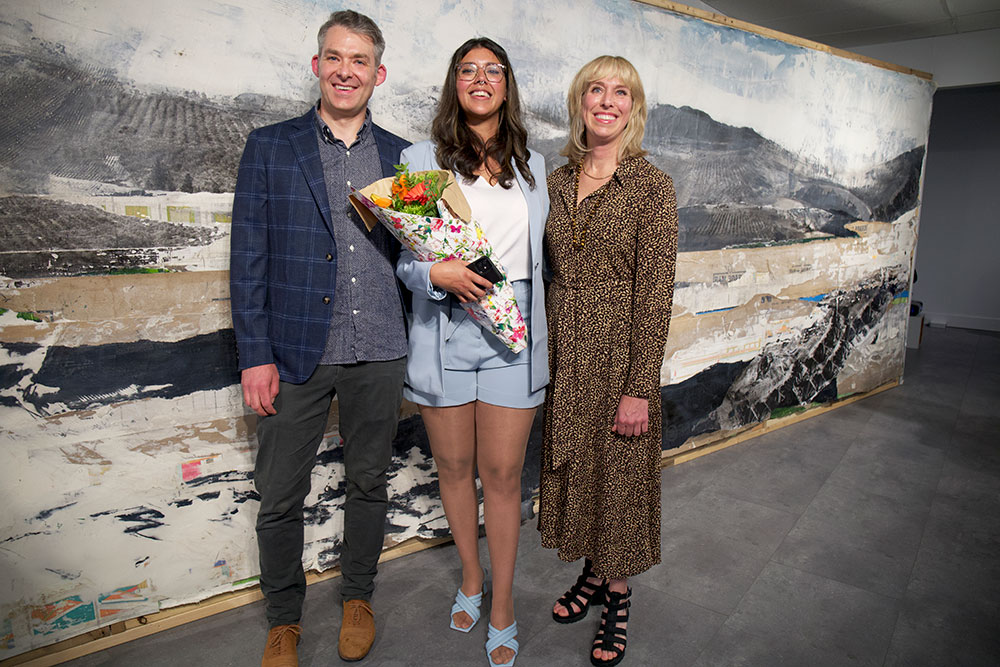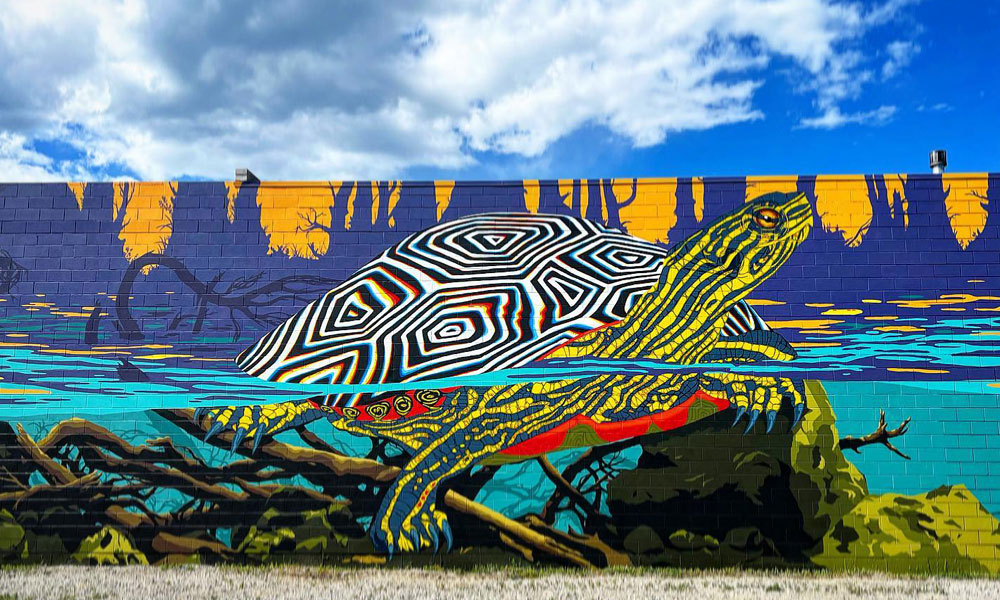Living Through Wildfire – exhibition by Andreas Rutkauskas
Living Through Wildfire I began documenting landscapes affected by wildfires during the summer of 2017. At the time, standing near the edge of a forest that had recently burned offered a certain amount of exhilaration. Through dialogue with members of diverse communities, including fellow researchers at UBC’s Okanagan campus, I have learned about how forest ecosystems have adapted to wildfire...
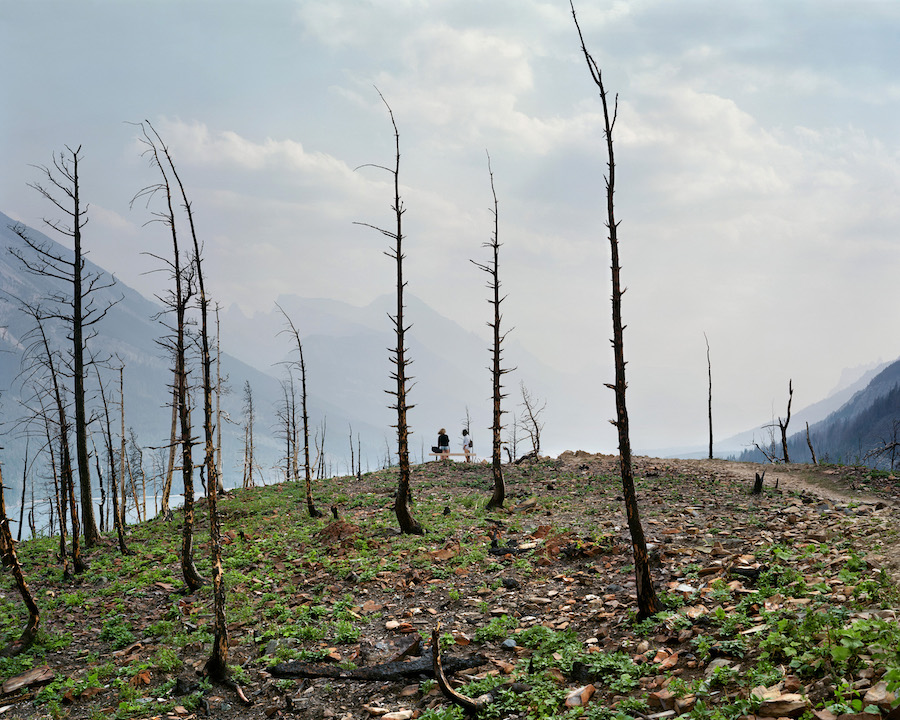
 Follow
Follow